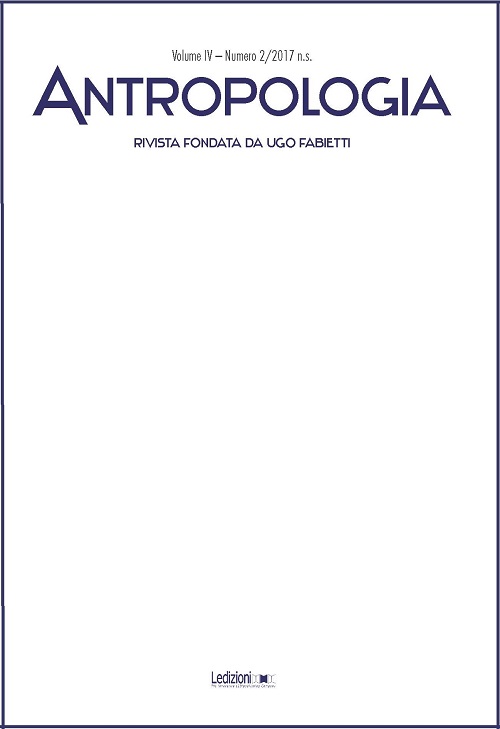Orphans, Victims and Families: An Ethnography of Children in Aceh
DOI:
https://doi.org/10.14672/ada20171289%25pKeywords:
Indonesia, Orphans, Childcare, Attachment, Matrifocality, PesantrenAbstract
A long civil conflict and the 2004 tsunami left 80,000 children in Aceh without at least one of their parents. Orphanhood is a category both of childhood and suffering, which needs to be examined more closely. In this article, I tackle two issues: what constructs an orphan in the Acehnese post-catastrophe society and what institutionalised “orphans” actively do within and beyond their definition as such. More specifically, I consider some institutions called panti asuhan, “home for the care of the needy”, as well as dayah or pesantren, Islamic residential schools that host orphaned and poor children. I first describe what the idea of “orphanhood” conveys for the Acehnese I encountered and then turn to the dialogue between families and institutions using some specific cases. This will relate to practices and ideas of marriage and parenthood in a prevailingly matrilocal society, where single women (janda) are not an exception. The way children experience and shape the construction of affective ties through space and suffering is one of the recurrent themes. The conclusions highlight how the children’s re working of social and international categories such as orphanhood, victimhood and family collides with the social use of orphanhood as a highly valued social foundation.Downloads
Published
2017-10-31
Issue
Section
Special Focus
License
Authors maintain the copyright of their original work and grant the Journal the right to first publication, licensed after 36 months under a Creative Commons Licence – Attribution, which allows others to share the work by indicating the authorship and first publication in this journal.
Authors may agree to other non-exclusive licence agreements for the distribution of versions of their published work (for example in institutional archives or monographs) under the condition that they indicate that their work was first published in this journal.



